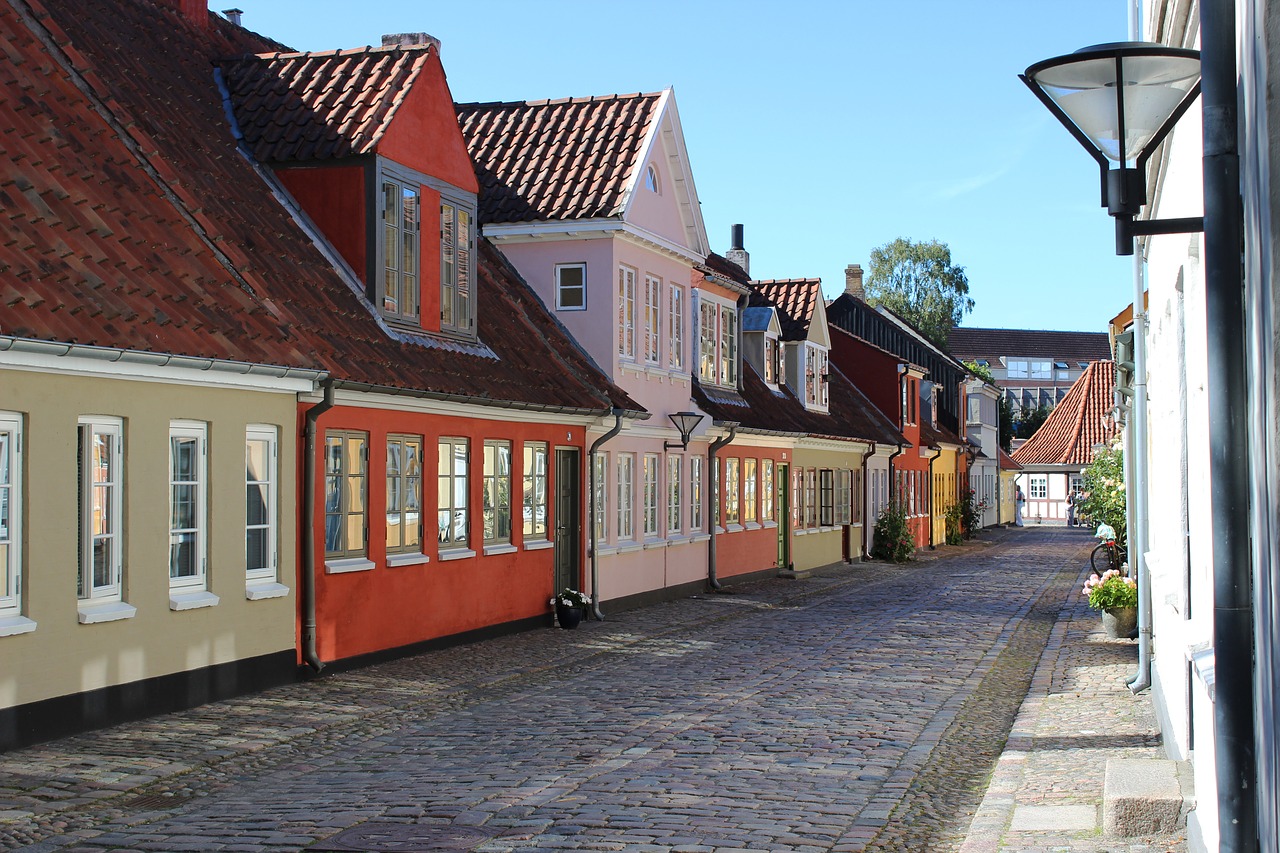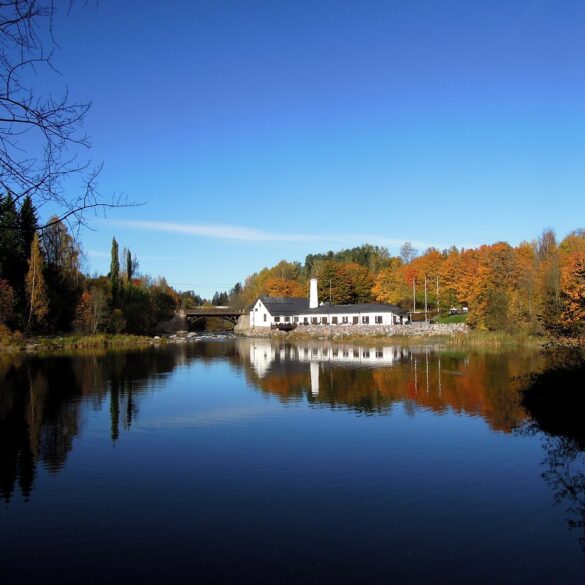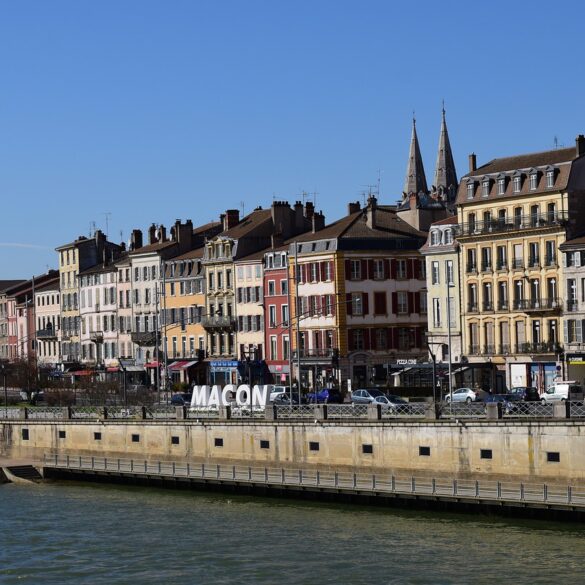
Odense is located in the heart of Funen, Denmark’s garden island, which is home to a plethora of exquisite manor houses and palaces. Odense is named after Odin, the Norse God of War, Wisdom, and Poetry.
Tourists are most familiar with it as the birthplace of Hans Christian Andersen, the creator of some of the most beloved fairy tales. His childhood home and the outstanding Hans Christian Andersen Museum are two of the city’s most famous tourist attractions. The museum will transport you into his imaginative world, and if you want to see more of the magnificent land that inspired his writing, you may visit the museum.
Egeskov Castle
The fairy tale Egeskov Castle, Europe’s greatest preserved moat-castle, is less than 30 minutes drive from Odense. Frands Brockenhuus designed and built the existing edifice, which was finished in 1554.
Although the environment presently appears tranquil, this magnificent Renaissance tower was built as a defensive fortification during a period of political and religious strife. It was built in the center of a lake, with high walls thick enough to enclose stairways and a well to give water in the case of a siege, to secure it from attack.
Museum dedicated to Hans Christian Andersen
The Hans Christian Andersen Museum, which opened in 1908 and is dedicated to the writer’s life and work, explores Andersen’s universe via antiques, souvenirs, and displays. His drawings and artwork are particularly interesting. The museum shop contains a large selection of books about and by Hans Christian Andersen in numerous languages. Scenes from the autobiographical novel Story of My Life cover the domed hall.
St. Knud’s Cathedral (Skt. Knuds Kirke)
St. Knud’s Cathedral (Skt. Knuds Kirke), located to the south of Odense Town Hall, is named for the Danish saint Knud IV, who began construction around 1100. The ancient church was destroyed by fire in the 12th century, and construction on a three-aisled replacement began in the 1300s after another major fire. In fact, it took about 200 years to finish.
The crypt beneath the choir, which includes the tombs of King Knud, his brother Benedict, and numerous other kings and their consorts, is a significant element of the interior. A massive reredos with beautiful carvings lies behind the High Altar.
The Time Collection
Imagine a museum where you can touch the exhibits, dress up in historical garb, don headgear, try on equipment, sit in the chairs, and otherwise make yourself at home. That’s what you’ll find in this delightful 20th-century time capsule.
Each chamber depicts a decade: the Roaring Twenties, World War II’s 1940s, the 1970s, and even the 1980s. It’s a glimpse into a bygone era for children, and a walk down memory lane for adult visitors. And if you grow nostalgic for a decade, you might be able to discover a vintage item to take home as a souvenir in the shop.



